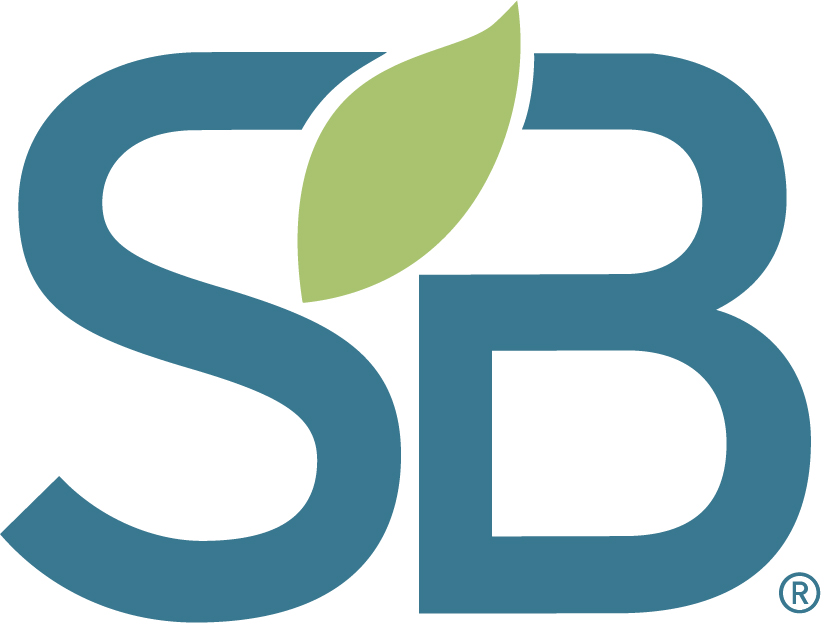Sustainable Investing Grows Quickly, Though Measuring ROI Remains a Challenge
Sustainable Investing Grows Quickly, Though Measuring ROI Remains a Challenge
As a growing slice of a larger corporate push to develop more creative solutions to sustainability challenges, impact investing encourages financial actors to consider social and environmental issues when making investment decisions.
These financial actors can range from first-generation entrepreneurs who have already integrated sustainability into their company DNA to foundations, family offices and institutions that invest in portfolios that align with their mission, as well as Fortune 500 companies.
“Impact investing seeks to ‘do good’ and ‘make money’ at the same time,” said Paul Herman, CEO and Founder of HIP Investor Inc, during the 2012 New Metrics of Sustainable Business conference. Herman also illustrated that the sustainable investing industry, including impact investing, is growing steadily.
2013 continues to see similar growth. In fact, last month UBS put forth a research report,Sustainable Investing, which states that The Global Sustainable Investment Alliance estimated the size of the sustainable investing markets at $13.6 trillion globally, which represents more than 20 percent of assets under management in the regions surveyed.
The report also asserts that although impact investing is “a relative newcomer in the sustainability arena, it has strong potential for future growth,” as it allows investors to “direct their assets to make an impact and express their values.”
Based on the discussion from the 2012 New Metrics conference, this report comes as relatively little surprise. During last year’s “Impact Investing and its Future Impact on Business Priorities” panel, Jennifer Driscoll, VP of Investor Relations at Campbell Soup Company, mentioned that impact investing is a part of Campbell’s holistic approach to delivering business results with integrity to its stakeholders.
“We want to nourish our consumers, our neighbours, our employees and our planet,” said Driscoll. “So I meet with the head of CSR every other week to discuss how our goals overlap.”
She also remarked that impact investing allows companies to demonstrate their sustainability leadership within their communities. The disclosure of these investments, whether voluntary or mandated, then forces other companies to use their investment dollars in a similar manner.
The continued progress of impact investing is exciting; however, as with any nascent industry, there are still growing pains. In particular, they are comparatively small returns, and a lack of metrics for measuring the returns and availability of investment funds.
The purpose of impact investing is to generate a measurable social and environmental impact return alongside a financial return, so it goes one step further than simply investing in thematic funds that focus on ESG issues or exclusion strategies. As a result, UBS notes that there are fewer assets to invest in beneath the impact investing umbrella, and the returns tend to be smaller than other sustainable investing strategies.
In addition, it is simpler to quantify a return on investment using traditional financial strategies, but things get murky when determining ROI for social and environmental investments. Therefore, as metrics for impact investing continue to evolve, it can be challenging to explain the tradeoff and benefits of these investments to stakeholders. Recognizing this, along with other challenges in quantifying new forms of value businesses are starting to create on their broader sustainability journeys, Sustainable Brands has framed what is now commonly referred to as the New Metrics (#NewMetrics) series of conversations, held both online and via the annual New Metrics of Sustainable Business conference.
On the other hand, UBS notes that “while [sustainable] funds and indexes may generate mixed results compared to traditional equity benchmarks, there is evidence to show that sustainable companies generate outperformance.” Furthermore, there is a growing group of stakeholders that want to combine the need to make a profit with the desire to make an impact.
Therefore impact investment portfolios are predicted to grow, and, measurement tools will become more robust. For example, HIP Investor, Inc, has created proprietary technology that allows businesses from family offices to hedge funds, and institutions to quantify their human impact alongside determining their financial returns.
“Impact investing can also be described as, ‘how do you combine self-interest — making money — with group interest — doing good?" Herman says. “The closer we can bring those two groups together, we can live in a better world.”
Herman will be speaking again at this year’s New Metrics of Sustainable Conference, September 24-25 at the University of Pennsylvania, as a moderator for a discussion session on emerging trends in sustainable investing. This is but one of dozens of topics the event will explore, including case studies from Microsoft, MARS, Bridgestone, BT, Interface, Diageo, Johnson & Johnson and Ben & Jerry’s, as well as globally recognized thought leaders such as Allen White, John Ehrenfeld, Bob Willard and Gil Friend.

